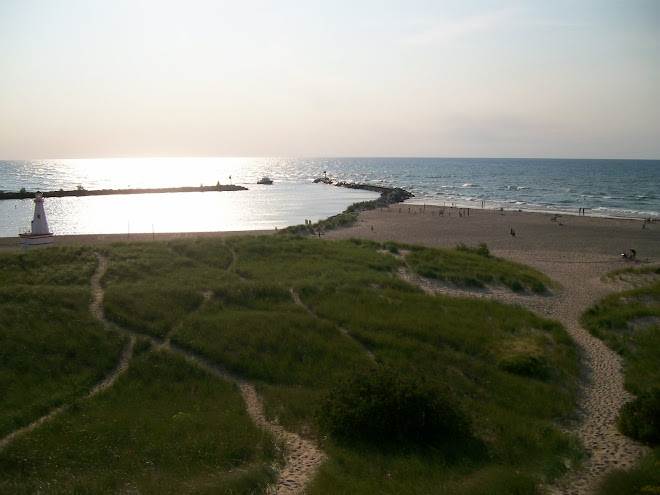 On Christmas Eve two days ago I posted (link) a photo of the beautiful Caravaggio painting
of the Nativity that was stolen from a Palermo oratory in 1960. Christmastide has me thinking of another
Palermo oratory I had the pleasure of visiting a few years ago.
On Christmas Eve two days ago I posted (link) a photo of the beautiful Caravaggio painting
of the Nativity that was stolen from a Palermo oratory in 1960. Christmastide has me thinking of another
Palermo oratory I had the pleasure of visiting a few years ago.
Oratories are small, Roman Catholic chapels for private worship. Palermo, Sicily, has three of which I am aware,
built by confraternities -- private altruistic organizations of men bound by a
trade or specific object of religious devotion.
In walking distance of the Oratorio di San Lorenzo, in which now hangs a
reproduction of Caravaggio’s Nativity
with St. Francis and St. Lawrence, one can find the Oratorio del Rosario di
San Domenico. This chapel sits behind Palermo’s
great Dominican basilica of San Domenico (which unfortunately was closed both
times the missus and I tried to visit in the spring of 2016).
The Oratorio del Rosario di San Domenico is stunning. Bathed in white with gold accents, the space
is full of three-dimensional ladies, knights, and playful putti. The magnificent altarpiece
is the large painting Madonna of the
Rosary with St. Dominic and the Patroness of Palermo, executed by Anthony van
Dyck in 1628.
 |
| Oratorio del Rosario di San Domenico in Palermo, Sicily |
Van Dyck was a Flemish Baroque artist who achieved great
success in England, in the Netherlands, and in Italy, where he spent six of his 42 years studying and painting. His Wikipedia entry states that for him Titian’s
“use of colour and subtle modeling of form would prove transformational,
offering a new stylistic language that would enrich the compositional lessons
learned from Rubens.” Van Dyck spent time in Palermo, about 20 years after Caravaggio passed through Sicily, and left
behind in the Dominican community a stunning painting to be especially enjoyed this
Christmas season.
R Balsamo






